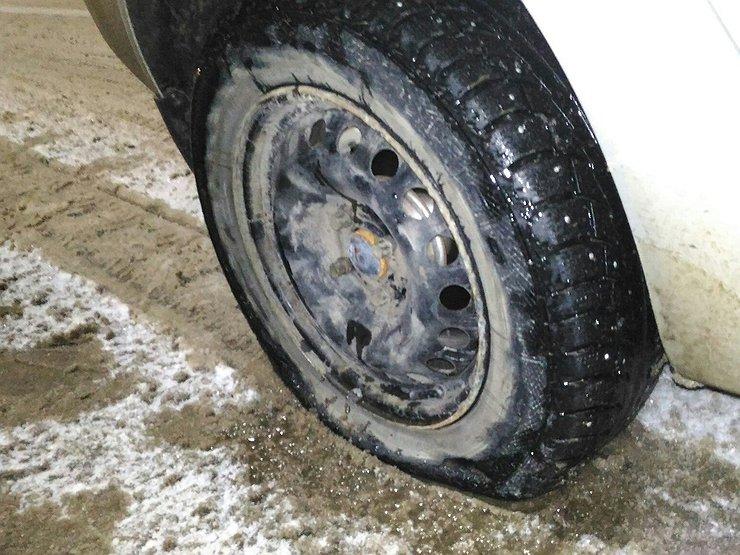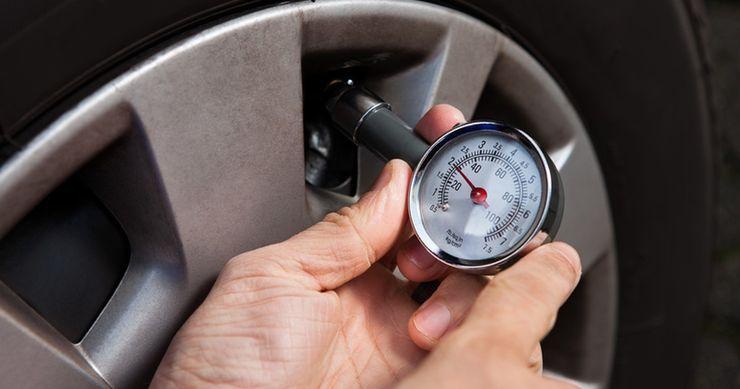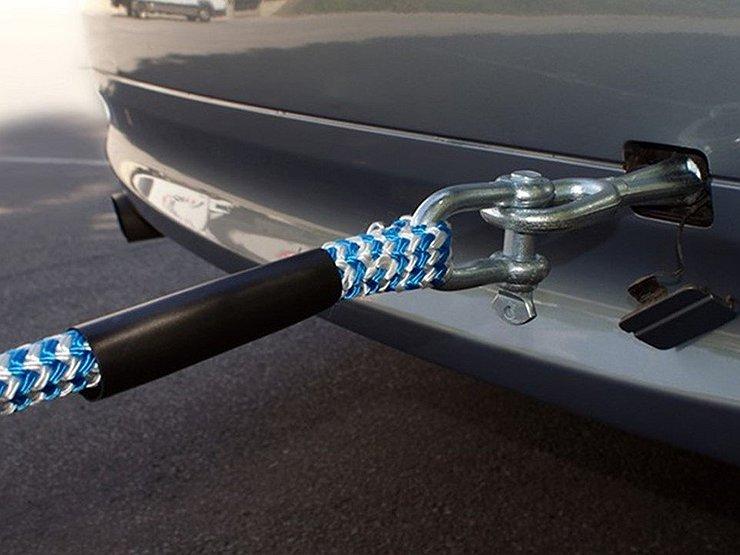
5 non-obvious reasons why tires start to flat in winter
In winter, the wheels are often lowered, and it is quite difficult to determine the cause. And it also happens that the driver himself makes minor mistakes that lead to wheel etching. The AvtoVzglyad portal tells about the most implicit reasons for the release of air from tires.
Most drivers usually never pay attention to wheel valves, but a lot depends on them. For example, over time, the rubber bands on the valves crack, and this is one of the reasons why the wheel starts to poison. The process of cracking is intensified by road reagents aggressive to rubber, which are tirelessly sprinkled on roads. Maybe after the first winter the valves will be in order, but when the second or third cold season comes, an unpleasant surprise may await the driver.
Spools also suffer from reagents, especially those made of zinc alloy. On such, deep rust quickly appears, and the wheel begins to descend. If you do not change the entire valve in time, you can completely be left without air in the tires and you will have to get a “spare tire”.
Beautiful metal caps on the wheels can also play a disservice. From the same reagents and frost, they strongly stick to the spools, and an attempt to unscrew them ends with a collapsed valve.

Flat tires can be obtained if you leave a warm garage in the cold for "minus" 10 degrees. In this case, a situation is obtained when the tires have not yet warmed up. And on the temperature difference, the pressure drop in the tire can be about 0,4 atmospheres, which is quite significant. It turns out that even tires inflated to standard pressure in the cold will be half-deflated. This will increase fuel consumption, worsen controllability, especially in an emergency when you need to drive quickly.
Finally, if the car has stamped wheels, then they are quite resistant to hitting the wheels in the pits. In this case, the disc rim can be bent upon contact with the edge of the pit. We mean the inner part of the rim, that is, the one that is not visible to the eye. Thus, the air from the tire will slowly come out, and the driver will not even guess what the problem is. With a visit to the tire shop, he will definitely tighten it, preferring to pump up the wheel. As a result, it will be necessary to get a spare “cylinder” again and start dancing with a tambourine to replace the wheel.

